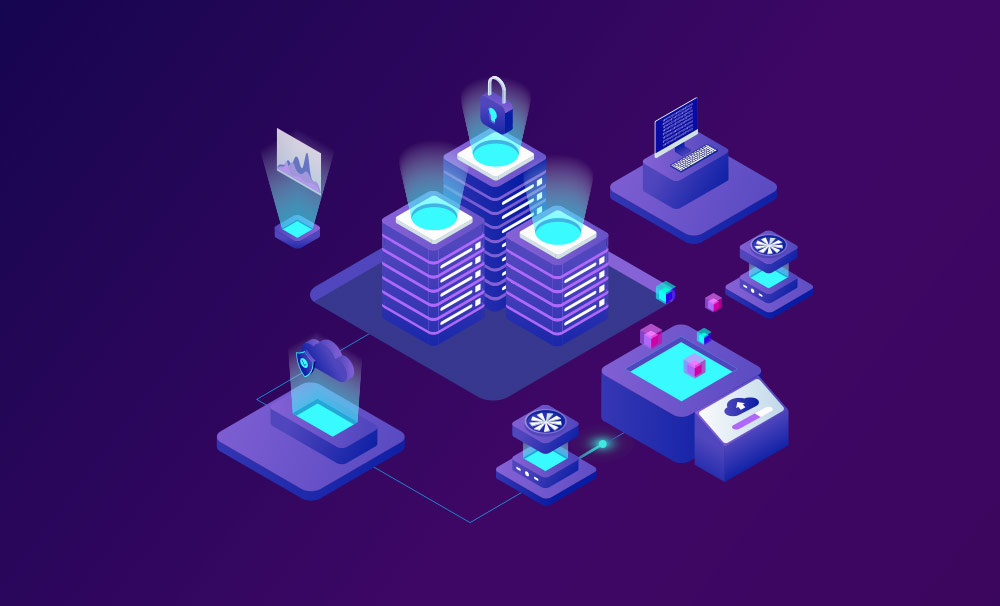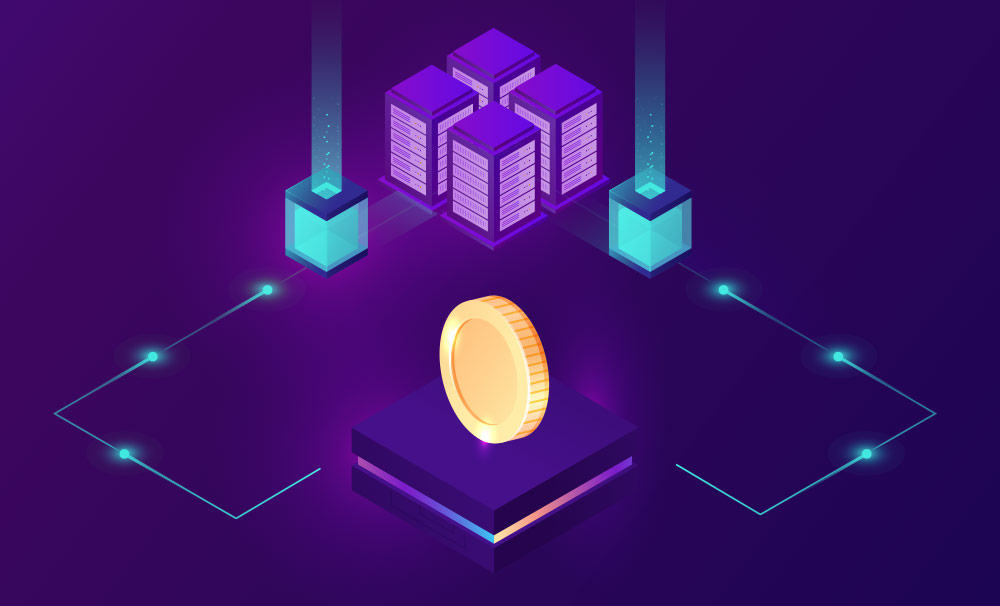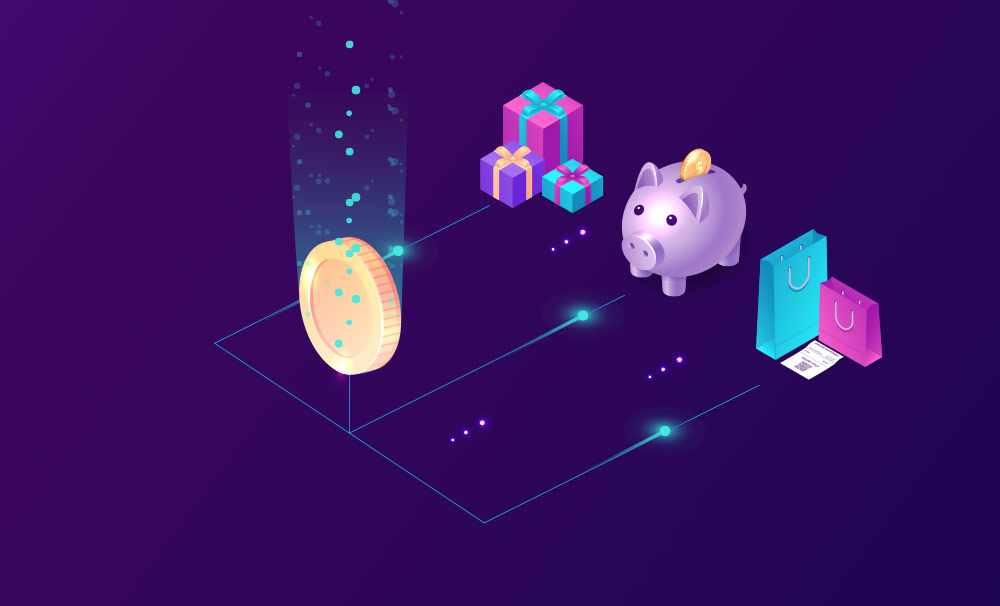Blog

Tokenization in Gaming: How Tokenization is Transforming the Gaming Industry
Imagine owning, trading and using your favorite in-game items across different games or platforms. Or how about creating and selling your own content – and earning rewards for your contributions? Now you can, through these and other exciting examples of tokenization in gaming space. Now see below to learn about

Now and Forever: Experience Tokenization Will Revolutionize the Way We Enjoy and Share Experiences
Do you ever wish you could combine the power of your personal experiences with the utility of blockchain technology? Now you can, via an exciting new Web3 innovation known as experience tokenization. Experience tokenization is the process of creating digital tokens that represent unique and intangible experiences, such as

Tokenization in 2024: Benefits, Trends and Real-World Assets
Tokenization is the process of transforming any asset, physical or digital, into a token that can be stored, transferred, and traded on a blockchain network. Tokenization in 2024 has the potential to unlock the unlimited power of assets and blockchain technology, by enabling new forms of value creation, exchange, and

How to Tokenize Equity: A Guide to Equity Tokenization
Equity tokenization is the process of creating and issuing digital tokens that represent ownership shares in a company or organization. Equity tokens are a type of security tokens that are backed by real assets and subject to securities regulations. Equity tokenization can offer several benefits for both issuers and investors,

Token Evolution: From Arcade Coins to Utility Tokens
In the golden age of arcades, metal tokens were the currency of choice, unlocking a world of gaming adventures. These tokens were the gateway to pixelated realms, where high scores and victories awaited. Much like arcade tokens, utility tokens in the blockchain space hold a similar role. They act as

Tokenized Loyalty: A New Way to Reward Customers and Grow Your Business
Loyalty programs are a popular way for businesses to attract and retain customers, as well as to increase customer satisfaction and loyalty. However, traditional loyalty programs have some limitations and challenges. For example, low redemption rates, high operational costs, complex sign-up processes, and data security risks. Moreover, customers often feel
